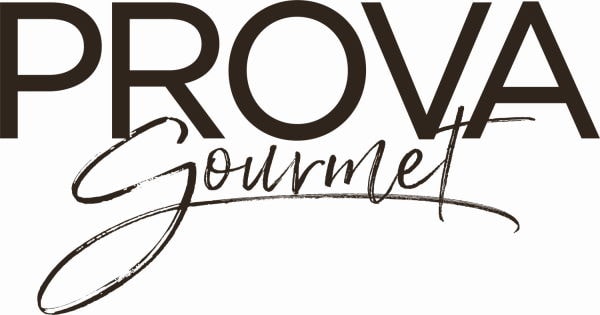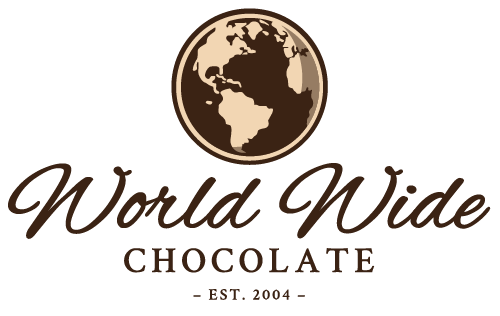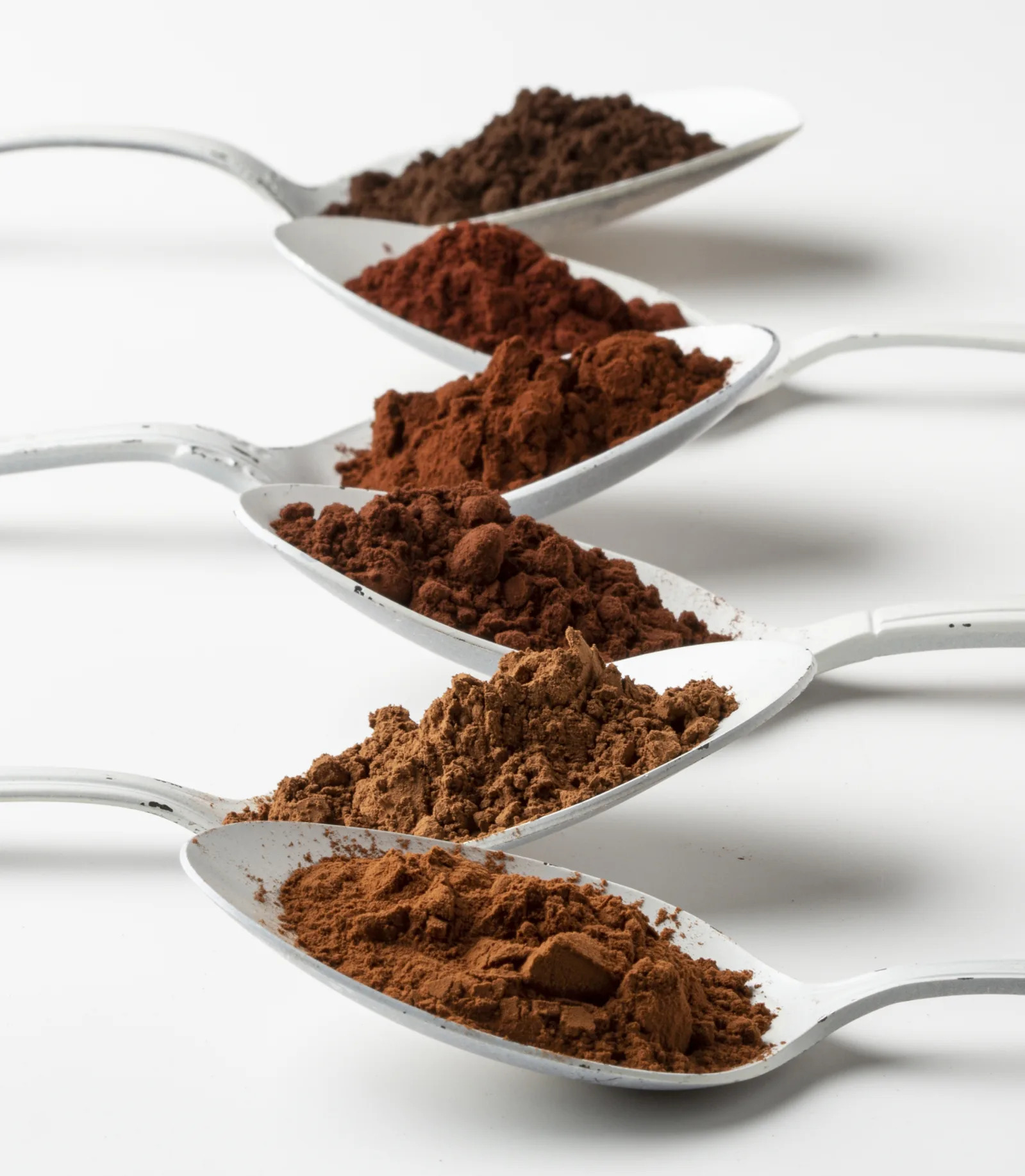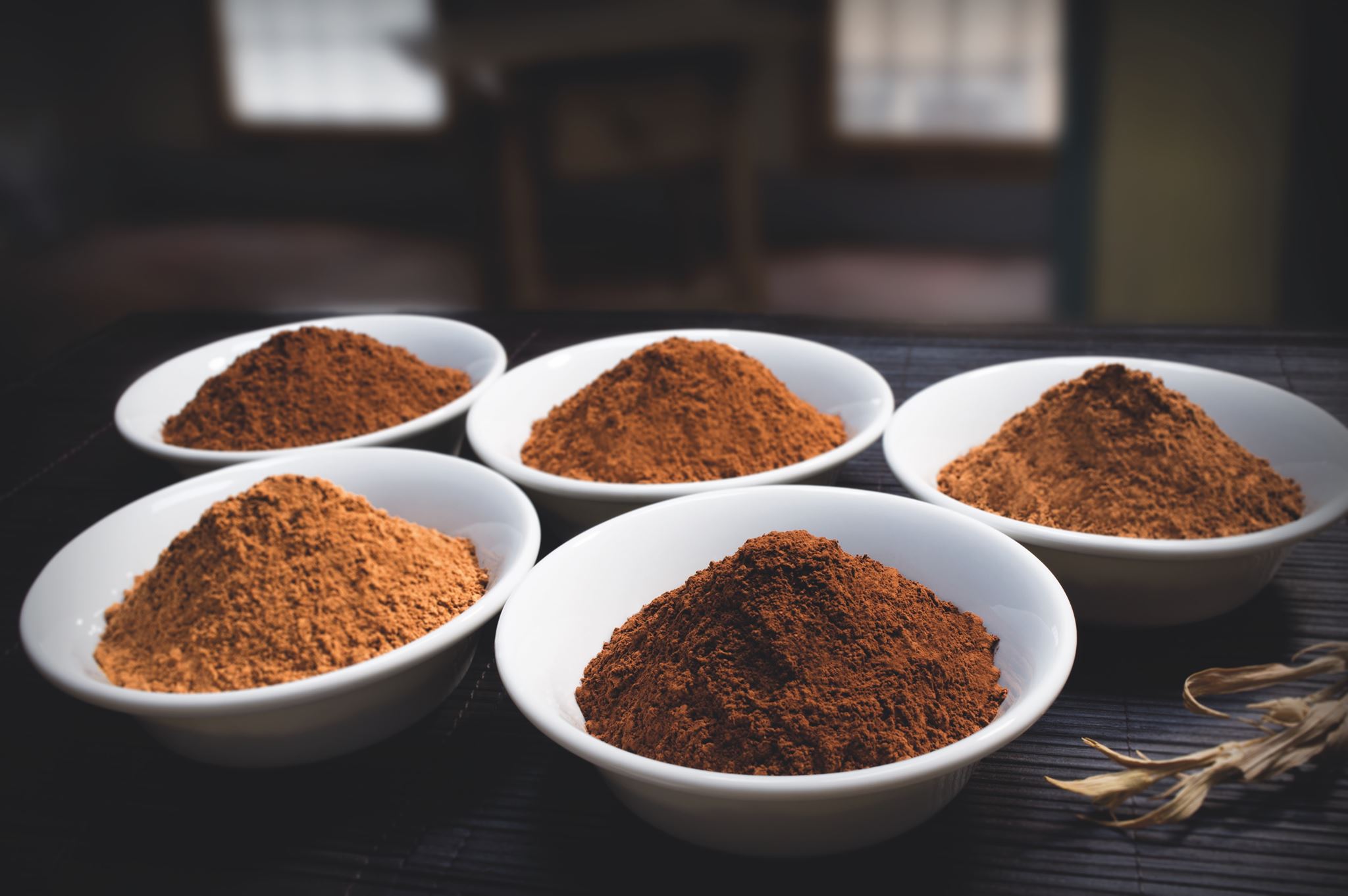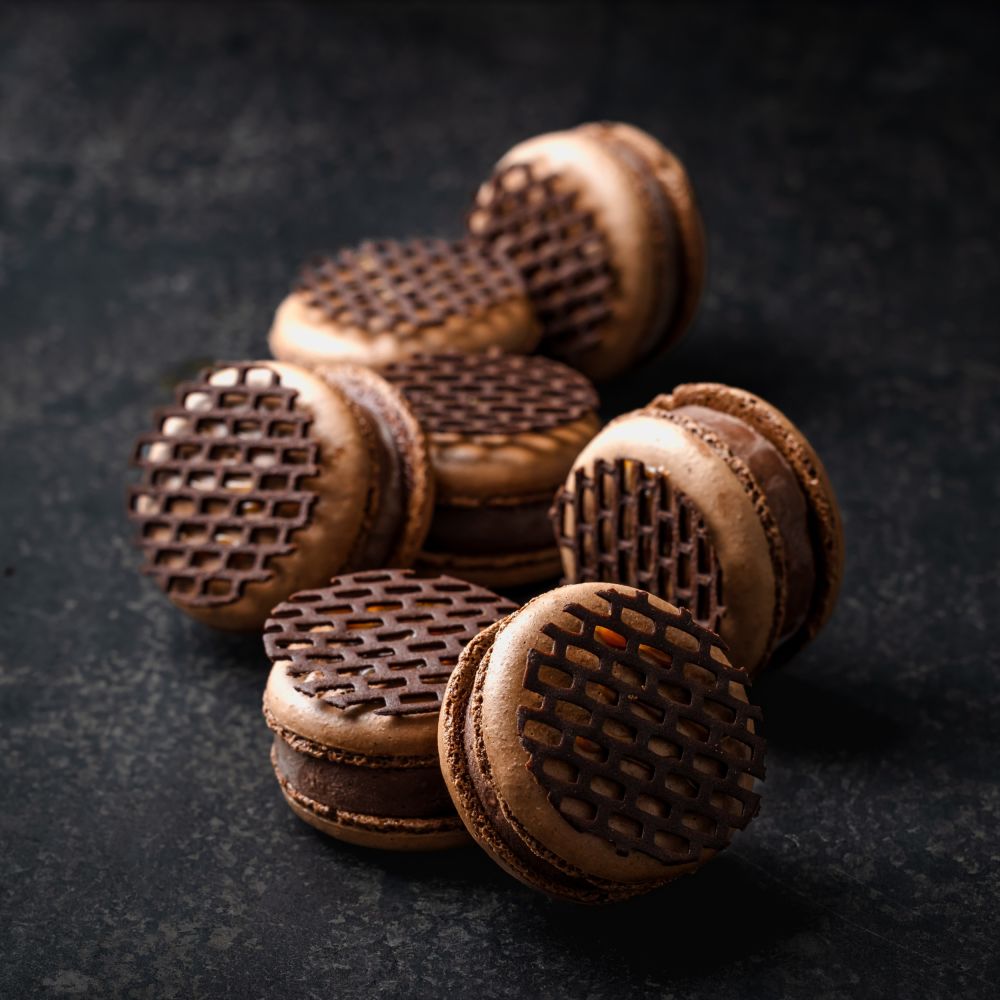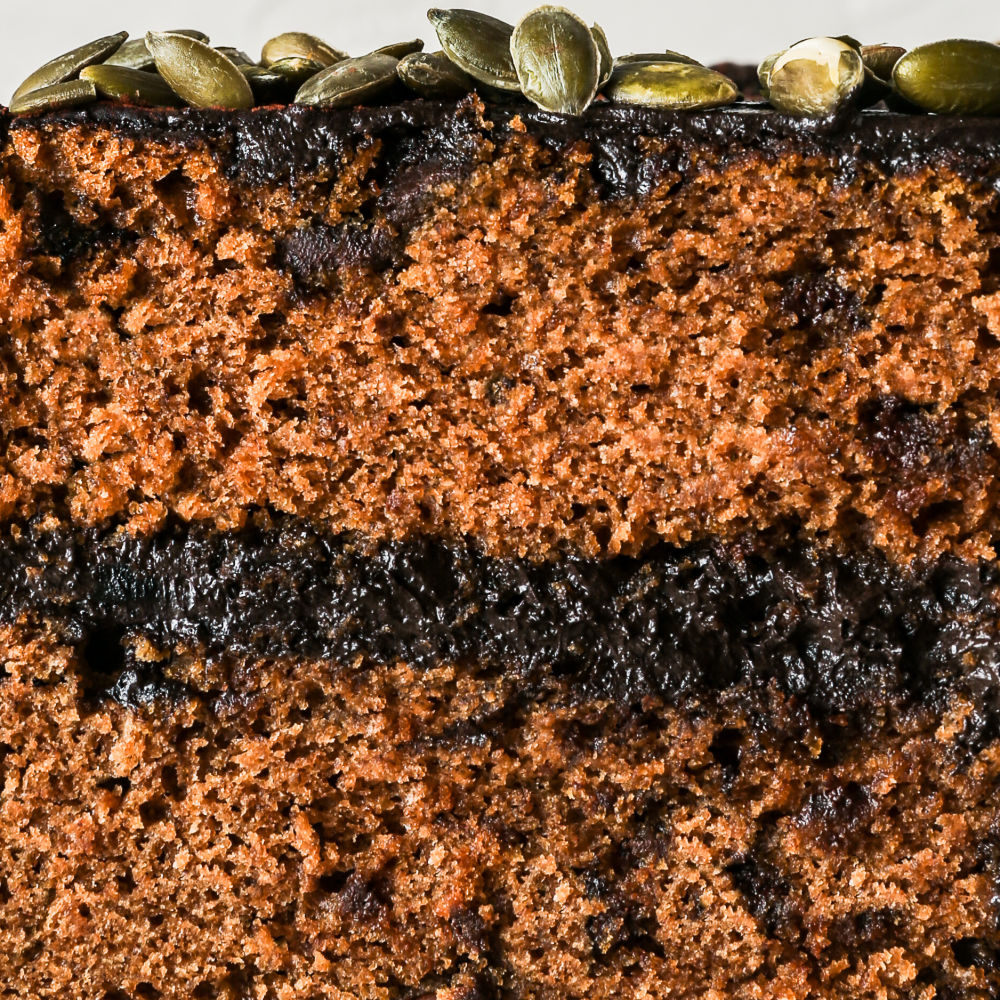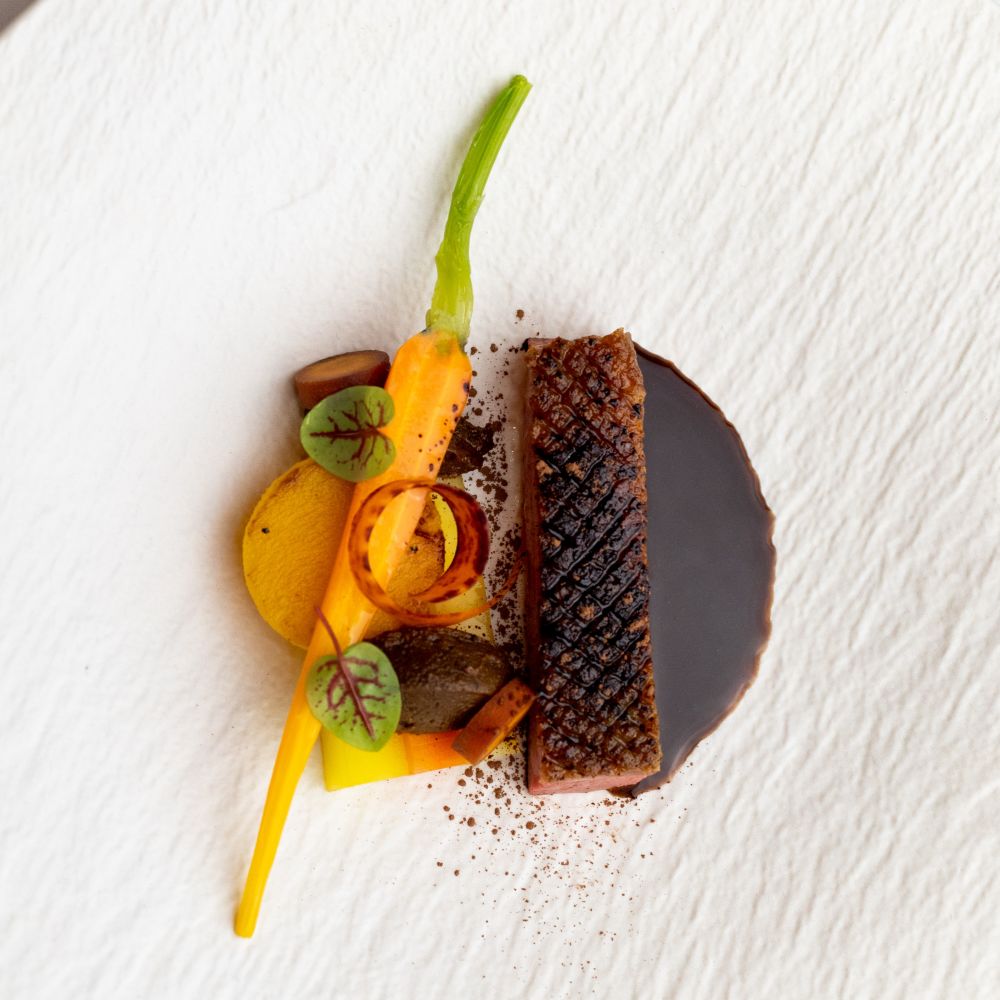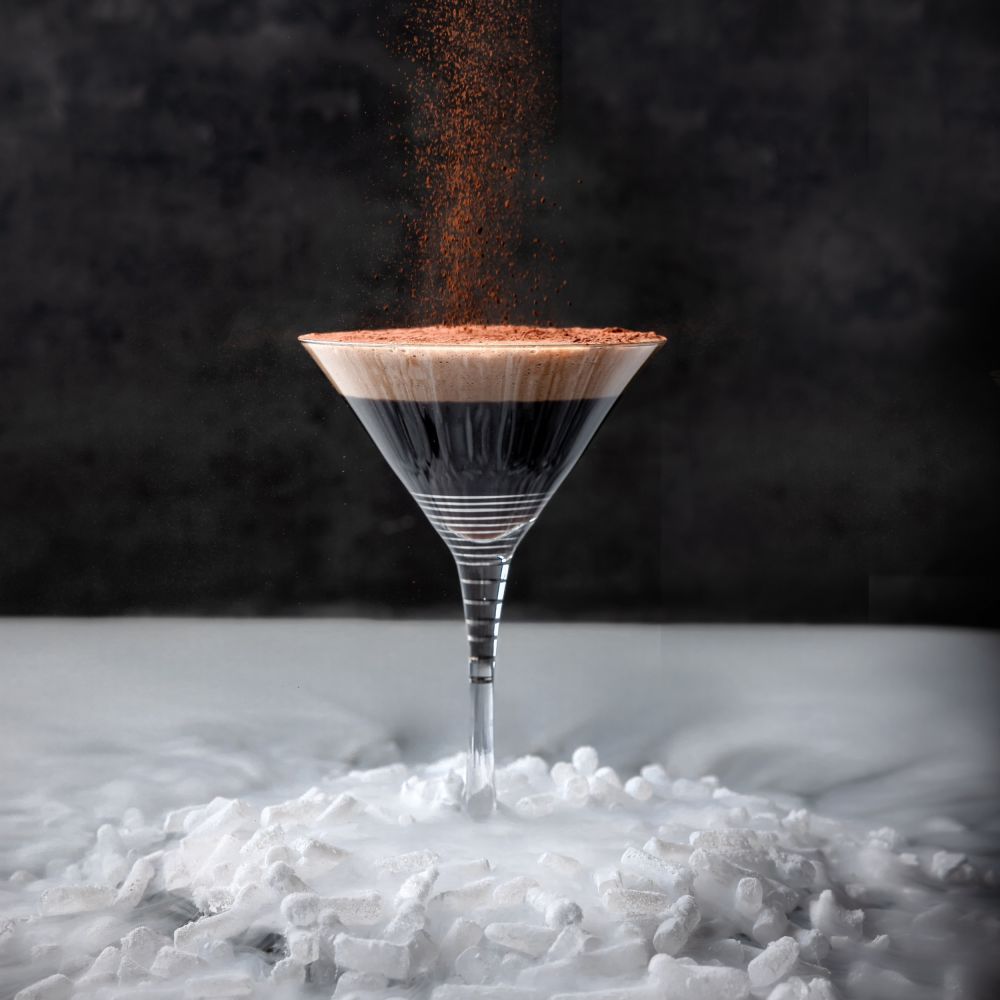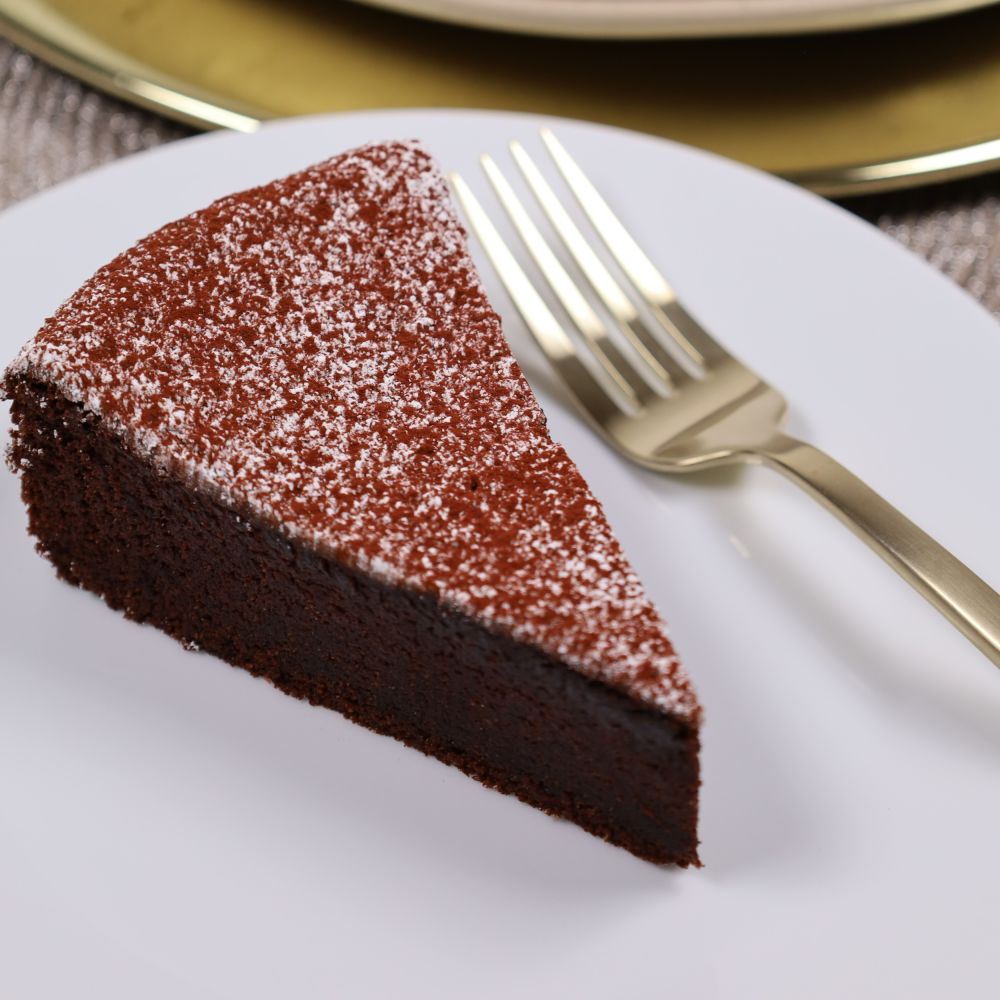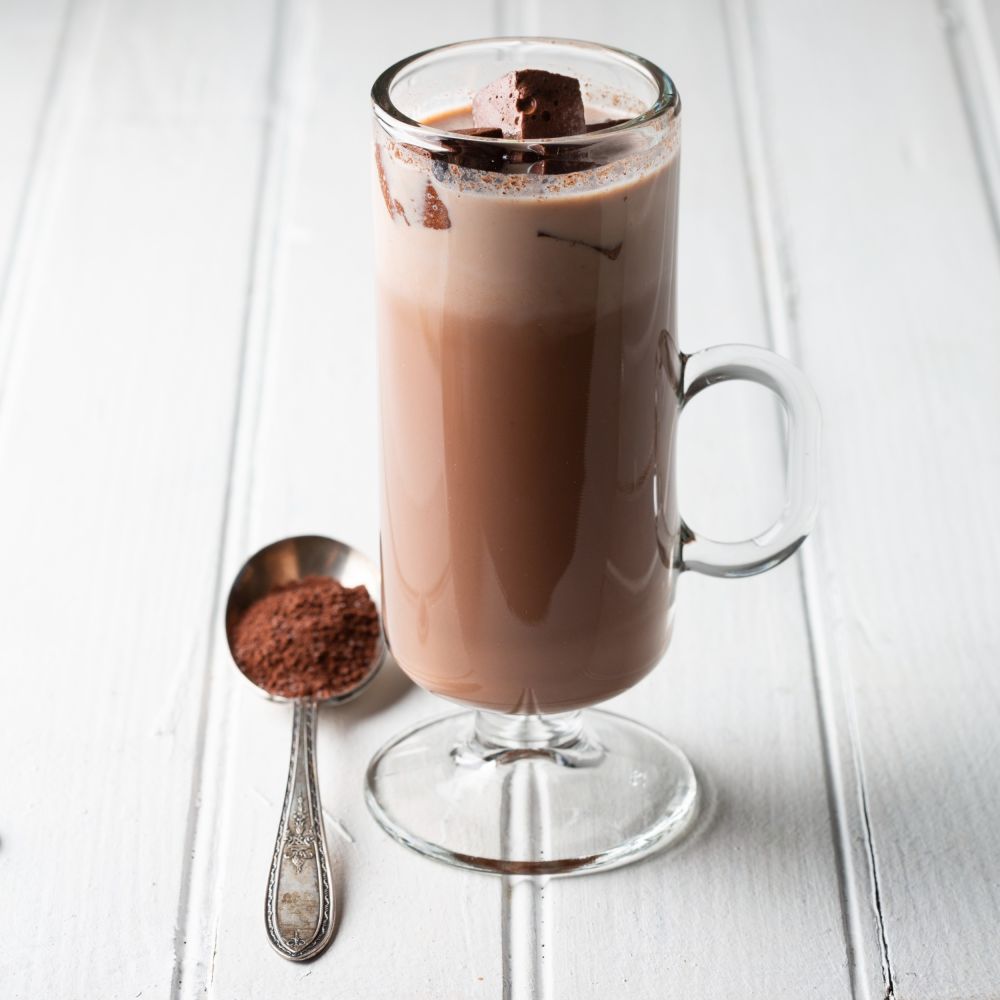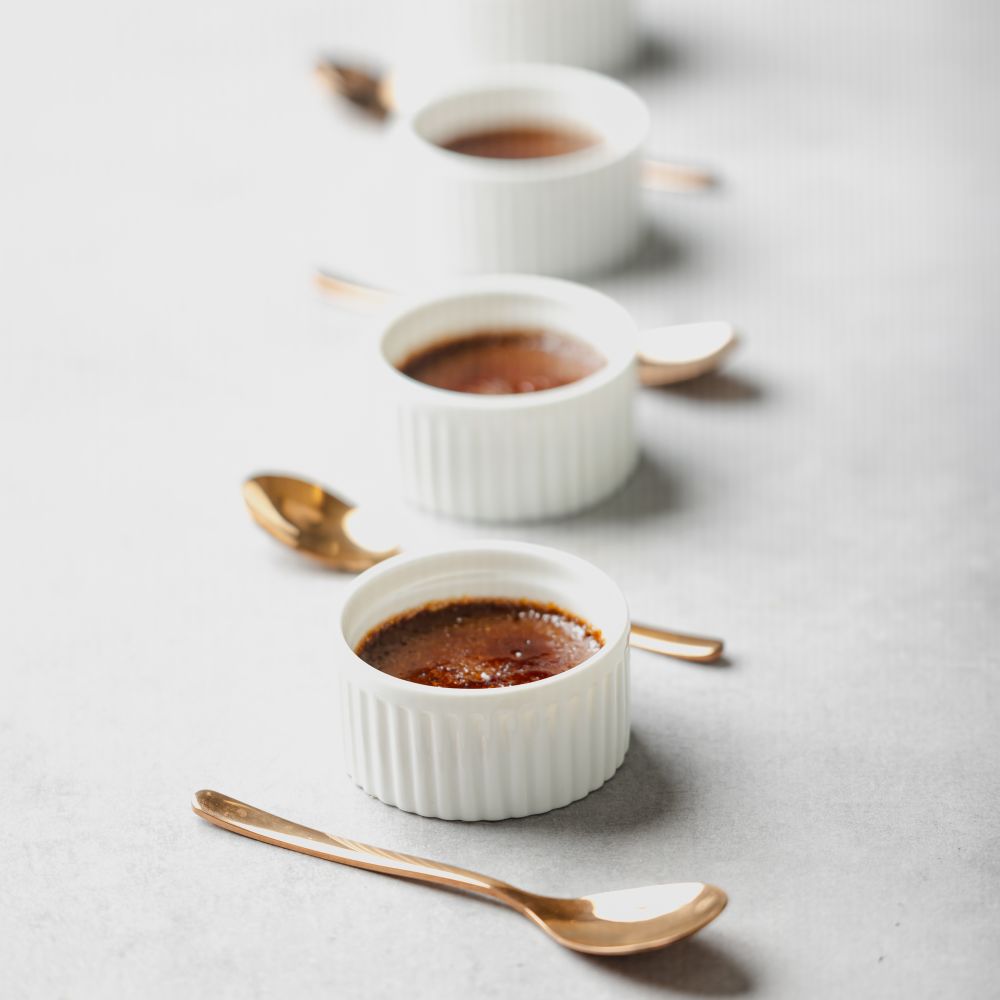deZaan's Legacy of Excellence
Since 1911, deZaan ensures the uniquely delicious flavors of cocoa beans are retained, while constantly inspiring creativity in the culinary industry. Every day deZaan stirs passions with pâtissiers around the world with cocoa powders, cocoa mass and cocoa butter unlike anything you have used.
With the finest cocoa ingredients available for chefs and pastry artisans, deZaan consistently pioneers new frontiers in flavor profiling cocoa powders and sharing expertise on making cocoa shine in all applications.
Unparalleled Quality
Artisanal Craftsmanship
Each powder is meticulously crafted to ensure superior taste and aesthetic appeal.
Versatile Designs
deZaan’s Cocoa Powders come in a variety of shapes and sizes, perfect for any culinary creation.
Sustainable Sourcing
deZaan prioritizes ethical sourcing, ensuring their cocoa powders are as upstanding as they are delicious.
What Our Customers Are Saying
“The BEST cocoa I ever tried & at a great price!”
“Decadent in hot chocolate, very smooth consistency!”
“Smooth and pleasant taste. No bitterness like in cheap cocoa. Highly recommended.”
Explore deZaan's "Bean-To-Bliss" Process
deZaan's Cocoa Process

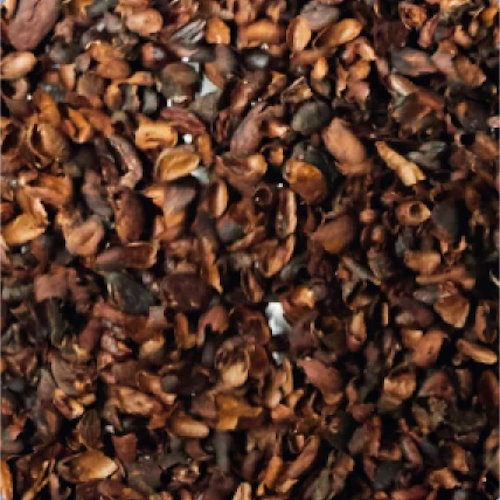
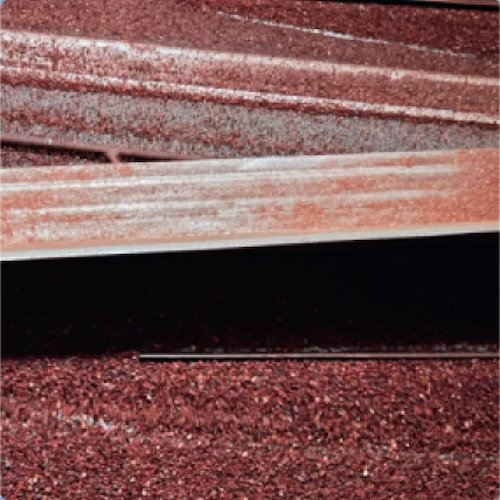
Pre-Cleaning
Initially, the cocoa beans are properly screened, and foreign matter such as bamboo, twigs, string, stones, and magnetic materials are removed.
Breaking
The clean cocoa beans are then broken to loosen the shells from the cocoa nibs. The breaking process takes place in multiple steps to avoid an excess of fine particles.
Winnowing
After the breaking step, what remains is sieved into a number of fractions to reach optimal separation during winnowing. These fractions then go to the winnowing cabinets, where the ‘lighter’, broken shell is removed by a stream of air.
The breaking and winnowing steps separate the essential ingredient of the cocoa beans, the kernel, most often described as the cocoa nib, from its shell. Strong magnets remove magnetic foreign matter from the nib.




Sterilizing
The microbiologically contaminated cocoa nibs are sterilized in a batch or a continuous process by wetting and heating with steam. The Total Plate Count (TPC) is normally reduced to less than 500 per gram, and pathogenic bacteria are killed. After sterilization, the cocoa nib can be roasted directly (natural process) or can be alkalized first (the Dutching process).
Alkalizing
Alkalizing or Dutching cocoa nibs consists of treating the cocoa nibs with an alkali solution such as potassium or sodium carbonate. It is practised primarily to modify the color and flavor of cocoa powder or cocoa liquor.
Roasting
The objectives of the roasting process include reducing the water content and further developing flavor. Roasting is particularly important to solidifying the desired flavor of the cocoa nib because the cocoa nib’s flavor is formed from the precursors that developed during fermentation. Roasting temperatures range from 95-145° C (200-295° F) depending on the process, equipment, type of nib processed, and the end product required.
Grinding
The roasted cocoa nibs are typically ground in a multi-stage process. During grinding, the broken kernels change from a solid to a fluid mass of cocoa particles suspended in cocoa butter. This is due to the high-fat content of the cocoa bean: about half of the nib is fat. Grinding breaks up the cell structure of the cocoa nibs and releases the cocoa butter.
